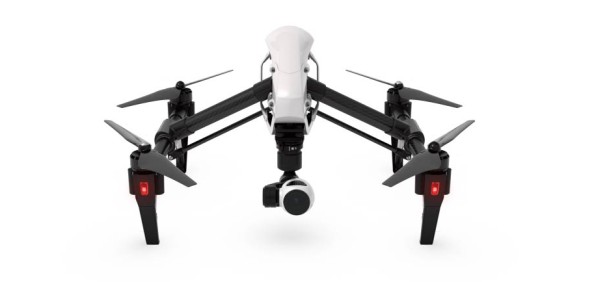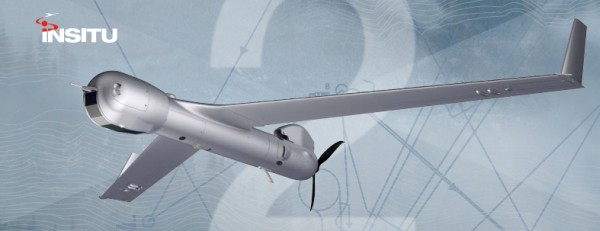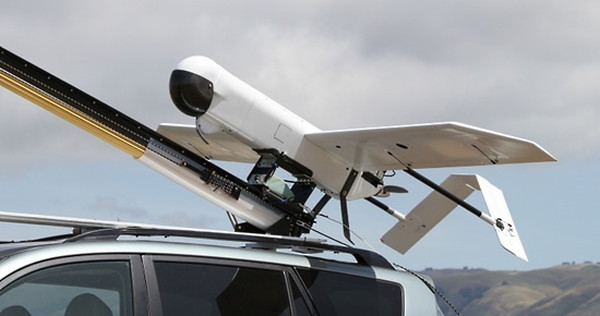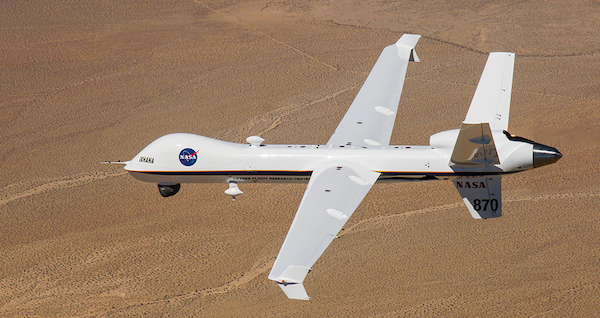Podcast: Play in new window | Download (Duration: 35:29 — 20.4MB)
No sUAS NPRM, “Know Before You Fly” safety campaign, it may be OK to say “drone” now, UAS America Fund proposes rules, drone privacy legislation, ICAO looks at integrating RPAS into the air space, an embarrassing UAS test center first flight, and the MQ-8C Fire Scout takes flight.
News
No Firm Date For UAV Rules As FAA, Industry Launch Safety Campaign
At 2014 year-end, we don’t have an sUAS NPRM from the FAA, but we do have many new quadcopter owners after the holiday gift-giving season.
The Know Before You Fly education campaign was founded by the Association for Unmanned Vehicle Systems International (AUVSI), the Academy of Model Aeronautics (AMA), and the Small UAV Coalition in partnership with the Federal Aviation Administration to educate prospective users about the safe and responsible operation of unmanned aircraft systems.
Booming Holiday Drone Sales Creates Unknown Safety Risk
Darrell Slaughter, Director of Business Development at the Phoenix, Arizona based Unmanned Vehicle University says “The drone industry cannot afford any mishaps at any time, especially at this stage in the industry’s life cycle. People must realize that many of the UAVs being given as gifts this year are not toys. Many are capable of causing serious injury and damage to property. People will get hurt if these potentially dangerous devices are operated in an unsafe manner.”
Drone Defender Drops D-word Denial
Back in the day, you could get chastised for describing a UAV as a “drone.” But the press and the public have co-opted the term, and it may be time to embrace the “D-word.”
Industry Proposes A ‘Micro Drone’ Rule As Regulatory Deadline Looms
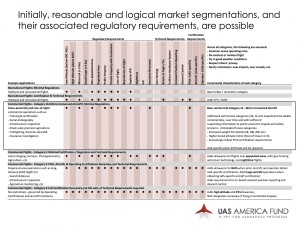 The UAS America Fund has filed a petition with the FAA proposing regulations for very small UAS for non-recreational purposes. This incremental regulatory approach is based on a risk analysis of FAA data, and addresses aircraft under 3 pounds and flown under 400 feet at least 5 miles from an airport.
The UAS America Fund has filed a petition with the FAA proposing regulations for very small UAS for non-recreational purposes. This incremental regulatory approach is based on a risk analysis of FAA data, and addresses aircraft under 3 pounds and flown under 400 feet at least 5 miles from an airport.
The graphic from the UAS America Fund shows different regulatory and certification requirements for different categories of UAS missions.
West Virginia Senator proposes UAS Privacy Act
Senator John D. Rockefeller IV from West Virginia has proposed a law that would require the Federal Trade Commission to set up privacy websites for all commercial UAV operators where privacy policies are posted, including:
- Information about the circumstances under which the UAS would be operated
- The specific purposes for the images
- Data and other identifying information that would be collected
- Measures to be taken to anonymize and aggregate the information
- Contact information
Private companies would be prohibited from conducting surveillance on individuals without their explicit prior consent.
ICAO Conducts UAS Fact-Finding Mission
At the invitation of the FAA, representatives from ICAO (the International Civil Aviation Organization) visited the U.S. on a fact-finding mission. They wanted to look at how the U.S. is integrating manned aircraft and Remotely Piloted Aircraft Systems (RPAS). ICAO has a technical body called the RPAS Panel made up of almost 100 international state and industry experts.
1st Nevada drone crashes seconds into FAA test flight
The hand-launched “Magpie” was to be the first UAV officially flown from the Nevada test site, and the press were there to capture the event. The Governor even made a speech. The moment came, Magpie was tossed into the air, and then immediately fell to the ground. The problem was attributed to an electrical controller issue.
U.S. Navy helicopter drone’s first flight
The U.S. Navy successfully flew the MQ-8C Fire Scout system for the first time off the USS Jason Dunham. This was from a moving ship at sea.
Video of the Week
Team BlackSheep XMas Special
Published on Dec 23, 2012, this video was taken by Team Black Sheep from a flight near Paris while attending LeWeb 2012. Is this a safe flight?
Mentioned
Surge in drones as Christmas gifts will show need for greater regulation: peak body

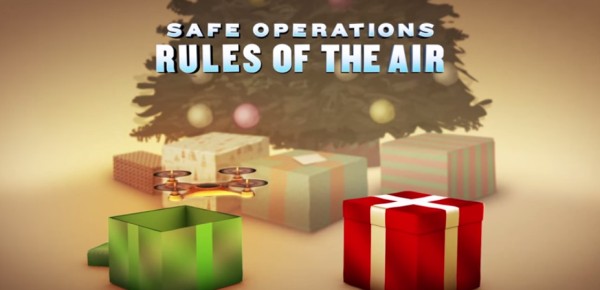
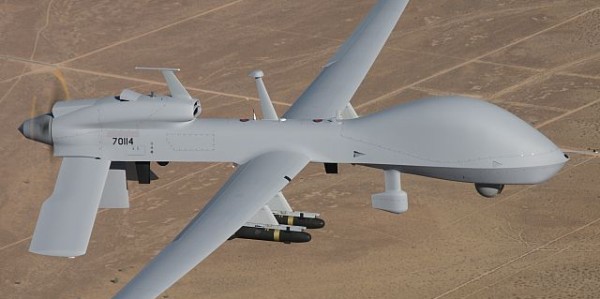
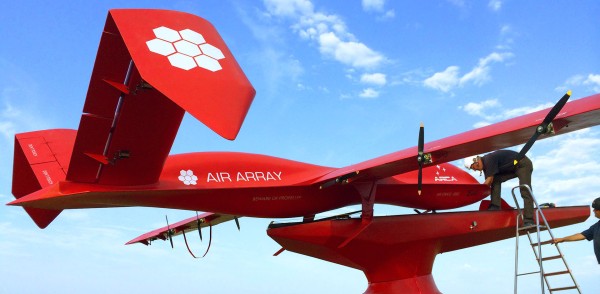
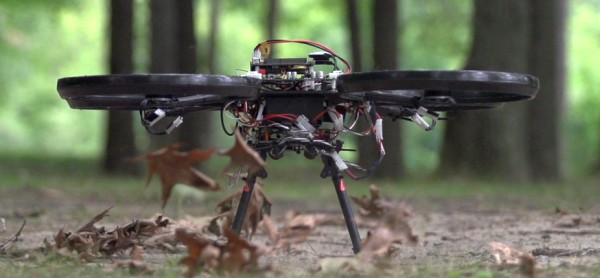

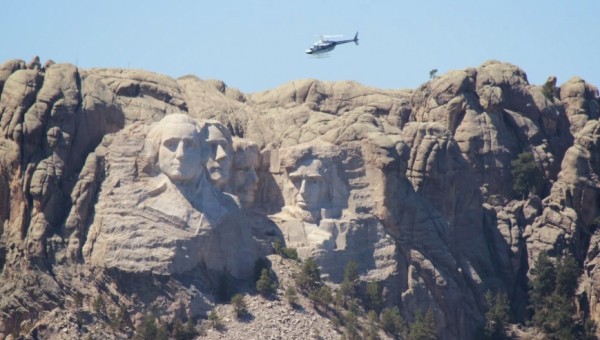

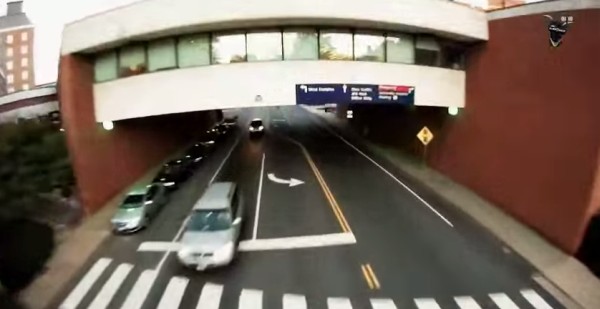
 Justine Harrison is an attorney whose practice includes corporate and aviation law. She’s a multi-engine instrument rated pilot, aircraft owner/operator, and an experimental aircraft builder.
Justine Harrison is an attorney whose practice includes corporate and aviation law. She’s a multi-engine instrument rated pilot, aircraft owner/operator, and an experimental aircraft builder.